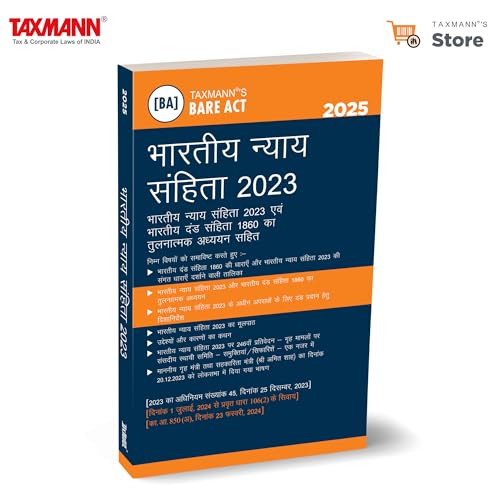
Concept
Actori incumbit onus probandi is a Latin legal maxim that translates to “the burden of proof lies upon the plaintiff.”[1] This principle is foundational in legal systems worldwide. It establishes that the party initiating a legal claim, typically the plaintiff, is responsible for proving the facts of their case. This concept ensures fairness in judicial proceedings by requiring the accuser to substantiate their allegations with evidence, rather than placing the burden on the defendant to disprove them. The principle is deeply rooted in the law of evidence, which governs how facts are established in court.
Meaning and Scope in the Law of Evidence
In the context of the law of evidence, actori incumbit onus probandi underscores that the plaintiff must provide sufficient evidence to support their claim. This burden of proof involves two components, firstly, the burden of persuasion and secondly, the burden of production.[2] The burden of persuasion requires the plaintiff to convince the court that their version of the facts is more likely true than not. The burden of production involves presenting tangible evidence, such as documents, witness testimonies, or physical proof, to support their claims. For example, in a contract dispute, the plaintiff must prove the existence of the contract, its breach, and the resulting damages. This principle applies primarily in civil cases but can also influence certain aspects of criminal law, though with different standards.
Application in Civil Law
In civil law systems, actori incumbit onus probandi is a cornerstone of litigation. When a plaintiff files a lawsuit, whether for breach of contract, tort, or property disputes, they must present evidence to establish their case. For instance, in a negligence claim, the plaintiff must demonstrate that the defendant owed a duty of care, breached that duty, and caused harm. If the plaintiff fails to provide adequate evidence, the court will typically rule in favor of the defendant, as the latter is not obligated to disprove the claim unless specific exceptions apply, such as affirmative defenses where the defendant introduces new facts.[3]
Relevance in Common Law Systems
In common law jurisdictions, such as the United States and the United Kingdom, the principle operates similarly but is often articulated through specific procedural rules. The plaintiff must meet the “preponderance of evidence” standard in civil cases, meaning their evidence must show that their claim is more likely true than not. This contrasts with criminal cases, where the prosecution bears a higher burden of proof, “beyond a reasonable doubt.” The maxim ensures that the party making an assertion bears the responsibility of proving it, maintaining a balance of fairness in adversarial legal systems.[4]
Exceptions and Shifting Burdens
While actori incumbit onus probandi places the initial burden on the plaintiff, there are situations where the burden may shift. For example, in cases involving affirmative defenses, the defendant must prove their defense, such as self-defense in a tort claim.[5] Additionally, in certain statutory or equitable claims, such as discrimination lawsuits, the burden may shift to the defendant to rebut a presumption once the plaintiff establishes a prima facie case. These exceptions highlight the flexibility of the principle, adapting to specific legal contexts while preserving the fundamental requirement that claims must be substantiated.
Practical Implications in Court
The practical application of actori incumbit onus probandi shapes how cases are prepared and argued. Plaintiffs must gather and present credible evidence, such as contracts, emails, or expert testimonies, to meet their burden. Failure to do so risks dismissal of the case, often through mechanisms like summary judgment in common law systems or equivalent procedures in civil law jurisdictions. This principle also encourages thorough pre-trial preparation, as plaintiffs must anticipate potential counterarguments and ensure their evidence is robust. Judges rely on this maxim to evaluate whether the plaintiff has met their evidentiary threshold before considering the defendant’s response.[6]
Connection to Fairness and Justice
The maxim is integral to ensuring fairness in legal proceedings. By requiring the plaintiff to prove their case, it prevents frivolous lawsuits and protects defendants from unsubstantiated accusations. It aligns with the broader principle of justice that no one should be held liable without evidence. This is particularly critical in civil law, where disputes often involve complex factual scenarios, such as commercial disagreements or personal injury claims. The burden of proof ensures that judicial decisions are grounded in evidence rather than assumptions or unverified claims.[7]
Conclusion
Actori incumbit onus probandi is a fundamental principle in the law of evidence, emphasizing that the party making a claim must prove it. Applicable in both civil and common law systems, it ensures that plaintiffs substantiate their allegations with credible evidence, promoting fairness and preventing baseless litigation. While exceptions exist, such as shifting burdens in specific defenses, the maxim remains a cornerstone of judicial processes, guiding how evidence is presented and evaluated in court. Its enduring relevance reflects its role in upholding justice and accountability in legal disputes.
References:
[1] Anil Rishi v. Gurbaksh Singh, [(2006) 5 SCC 558]
[2] “Burden of Proof”, Lumen Learning, available at https://courses.lumenlearning.com/suny-criminallaw/chapter/2-4-the-burden-of-proof/#:~:text=Definition%20of%20the%20Burden%20of%20Proof&text=The%20burden%20of%20proof%20has,a%20common%20source%20of%20appeal.
[3] Rishi Kesh Singh And Ors. vs The State [AIR 1970 ALLAHABAD 51]
[4] “Learn in a minute: Burden of proof” Lawctopus, available at https://lawctopus.com/clatalogue/clat-ug/learn-in-a-minute-burden-of-proof/
[5] “Affirmative Defense”, Jaime Durison, Study, available at https://study.com/academy/lesson/affirmative-defenses-definition-types-applications.html#:~:text=justified%20or%20excused.-,Lesson%20Summary,difference%20of%20right%20or%20wrong.
[6] “Burden of Proof under Indian Evidence Act”, Lowctopus, available at https://lawctopus.com/clatalogue/clat-pg/burden-of-proof-under-indian-evidence-act/
[7] Chairman, State Bank Of India vs M.J.James, [(2022) 2 SCC 301]



![The Bharatiya Sakshya Adhiniyam, 2023 [BSA] New Criminal Law, 202...](https://m.media-amazon.com/images/I/41JBrv0cKqL.jpg)